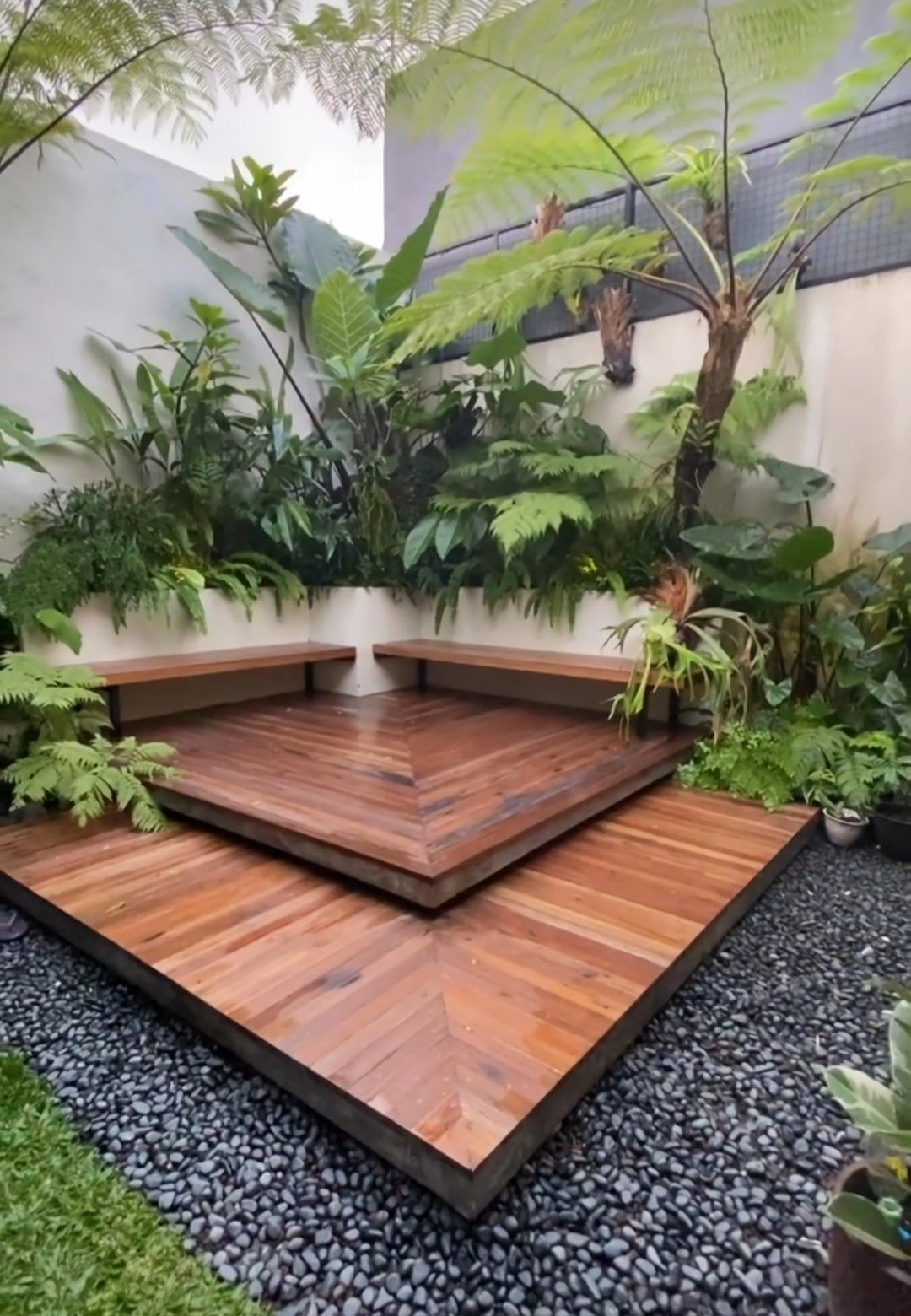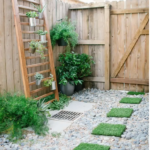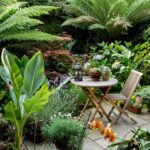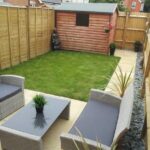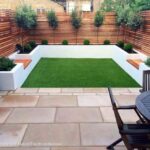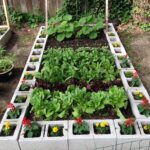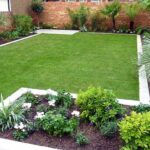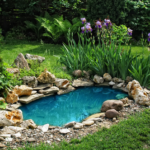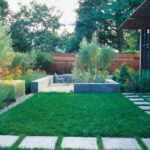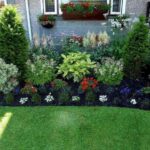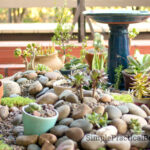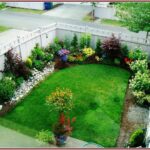Garden design is a vital aspect of creating a beautiful outdoor space that is both functional and visually appealing. Whether you have a large backyard or a small balcony, there are simple principles that can help you design a garden that suits your needs and enhances your living environment.
One important factor to consider in garden design is the layout of the space. Determine how much room you have to work with and what you want to include in your garden, such as dining areas, seating, or plants. Create a rough sketch or plan of the layout before you start planting to ensure that the design is cohesive and functional.
When selecting plants for your garden, consider factors such as sunlight, soil type, and climate. Choose plants that will thrive in your specific conditions and complement each other in terms of size, shape, and color. Group plants with similar needs together to make maintenance easier and create a cohesive look.
Incorporating hardscaping elements into your garden design can add structure and visual interest. Consider using materials such as stone, wood, or concrete to create pathways, borders, or seating areas. Hardscaping can help define different zones in your garden and create a sense of balance and harmony.
Adding decorative elements such as outdoor lighting, sculptures, or water features can enhance the visual appeal of your garden and create a relaxing atmosphere. Choose elements that fit the style and theme of your garden design and place them strategically to create focal points or draw the eye to specific areas.
Regular maintenance is key to keeping your garden looking its best. Create a schedule for watering, fertilizing, weeding, and pruning to ensure that your plants stay healthy and thriving. Regularly assess the layout and design of your garden to make any necessary adjustments or updates to keep it looking fresh and inviting.
